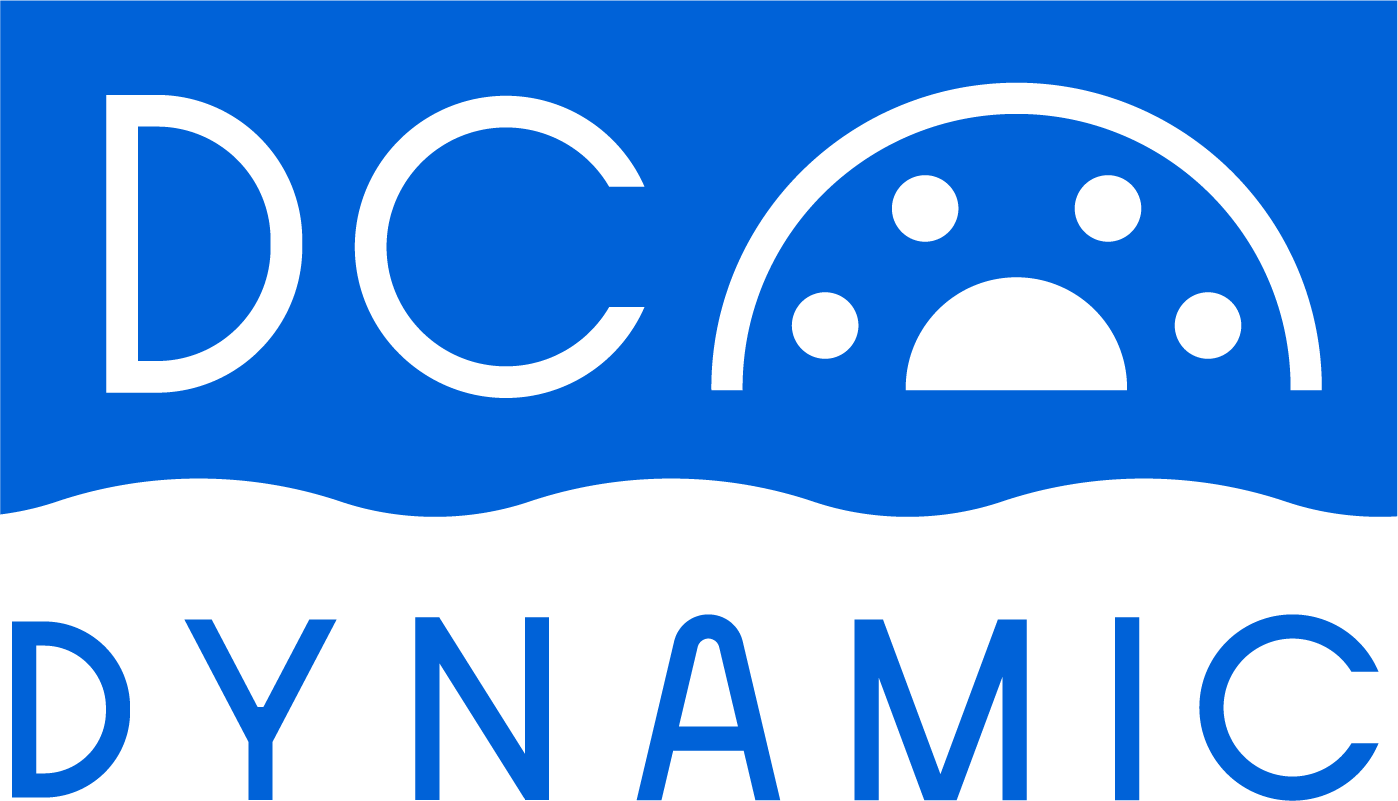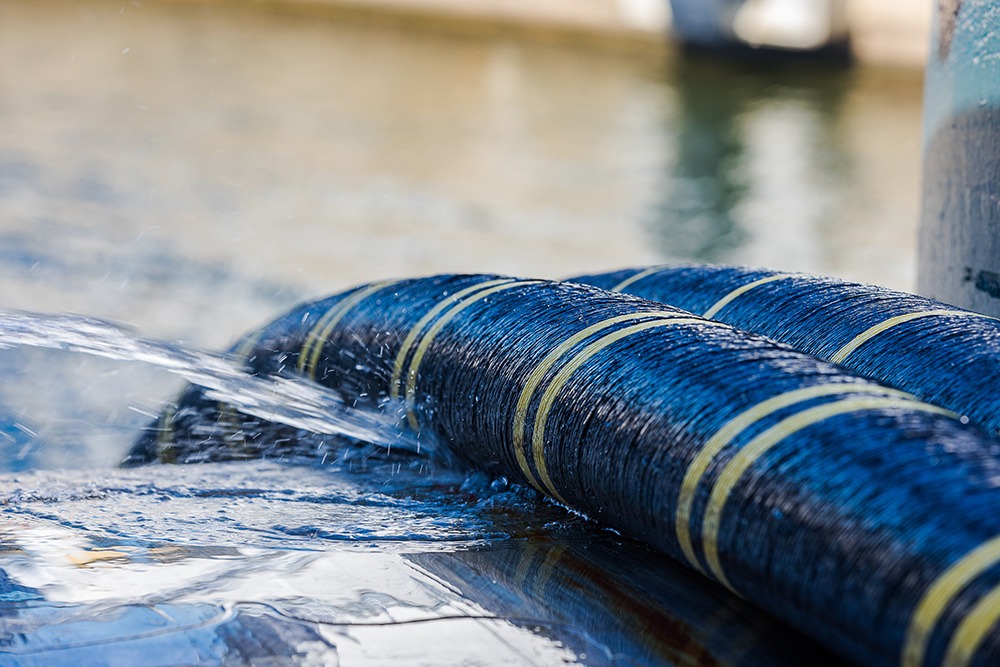Standardisation Process and the Added Value of Insurance
Advancing HVDC Dynamic Cable Standards
The DCDYNAMIC project is committed to advancing the standardisation of high-voltage direct current (HVDC) dynamic cables for floating offshore wind applications. The project contributes to establishing new standards and guidelines that will facilitate the acceptance and adoption of these innovative solutions within the offshore technology market. The project partners are dedicated to support updates to the existing CIGRE recommendations for testing standards when qualifying dynamic DC cables. This could be achieved through a new international CIGRE working group, potentially paving the way for a future IEC standard for dynamic DC export cables.
By collaborating with key stakeholders, including cable manufacturers, testing companies, and installers, the project ensures that the developed solutions are aligned with industry needs and regulatory requirements.
De-risking HVDC Dynamic Cables
Insurance plays a pivotal role in the successful deployment of new technologies. The DCDYNAMIC project addresses the financial sustainability of HVDC dynamic export cables by engaging with the insurance community to build confidence in the new technology. This includes regular exchange with the insurance community and organising dedicated workshops with leading risk and insurance engineers, underwriters, and claims experts to discuss the robustness and reliability of the new cable technology. The project aims, among others, to lower the risk and cost of future floating renewable infrastructure by developing comprehensive insurance and technical benefit packages. These packages will summarise the project’s efforts, testing results, and the expected long-term benefits of this emerging technology, with the aim to ultimately enhance its insurability and financial viability.
By shaping standards and addressing potential insurers´ concerns, the DCDYNAMIC project not only contributes to the technical advancement of HVDC export dynamic cables but also ensures their long-term impact on the industry, paving the way for a more sustainable and economically viable future for floating offshore wind power.
Alignment with EU Policy Objectives
The DCDYNAMIC project is strategically aligned with several key EU policy objectives, making a significant contribution to sustainability, carbon neutrality, energy security, and economic development.
Sustainability and Climate Neutrality
DCDYNAMIC directly supports the EU’s goal of achieving climate neutrality by 2050 by enabling the large-scale integration of renewable energy into the European power system. The European Commission’s vision “A Clean Planet for All”, as part of the European Green Deal, emphasises the need for a fully decarbonised electricity supply, with at least 80% coming from renewable sources by 2050. Electrification plays a crucial role in decarbonising key economic sectors, and floating offshore wind will be essential to meeting this target. DCDYNAMIC contributes by providing a critical enabling technology for electricity infrastructure, ensuring that renewable energy can be efficiently harnessed and distributed across Europe.
Energy Security and Infrastructure Development
Ensuring a stable, resilient, and interconnected power grid is a key priority for the EU as it seeks to reduce reliance on fossil fuels and external energy sources. The European Wind Power Action Plan and the Offshore Renewable Energy Strategy (ORES) emphasise the need for innovative infrastructure and grid technologies, particularly HVDC systems, to support the large-scale deployment of offshore wind. DCDYNAMIC aligns with these objectives by advancing HVDC dynamic cable technology, essential for floating offshore wind farms in deepwater locations. By improving the reliability and performance of these cables, the project enhances Europe’s ability to integrate offshore wind into its energy mix, strengthening energy security and reducing vulnerabilities in the power supply chain.
Circular Economy and Private Investment
DCDYNAMIC also contributes to the EU’s Circular Economy Action Plan (CEAP) by facilitating the recycling of XLPE in end-of-service cables for the potential remanufacturing of high-quality XLPE cables, promoting sustainability in renewable energy infrastructure. The EU recognises the crucial role of private-sector investment in scaling up offshore renewable energy technologies. While various financial instruments are available to support investments, the majority of funding is expected to come from private capital. By enhancing confidence in dynamic HVDC cable performance and longevity, DCDYNAMIC helps to de-risk investments in floating offshore wind, attracting both governmental and private investors and ensuring long-term financial feasibility.
European Technological Leadership and Market Competitiveness
The Strategic Energy Technology (SET) Plan aims to accelerate the transformation of the energy system while reinforcing Europe’s global leadership in renewable energy technologies. DCDYNAMIC contributes to the SET Plan’s short-term implementation goals by generating a fundamental understanding of electrical-mechanical-thermal ageing mechanisms and developing advanced monitoring and fault detection systems for HVDC dynamic cables. Additionally, the Renewable Energy Directive (RED), under the Fit for 55 Package and RePowerEU plan, sets ambitious targets for renewable energy deployment, requiring a rapid expansion of wind capacity. With offshore wind capacity expected to grow from 204 GW in 2022 to over 500 GW by 2030, DCDYNAMIC plays a crucial role in enabling the large-scale deployment of floating offshore wind farms in deepwater locations. As Europe prepares for massive offshore wind expansion beyond 2030, every future deepwater floating offshore wind project will be dependent on reliable HVDC dynamic export cables – reinforcing the strategic importance of DCDYNAMIC in shaping the future of Europe’s renewable energy landscape.

